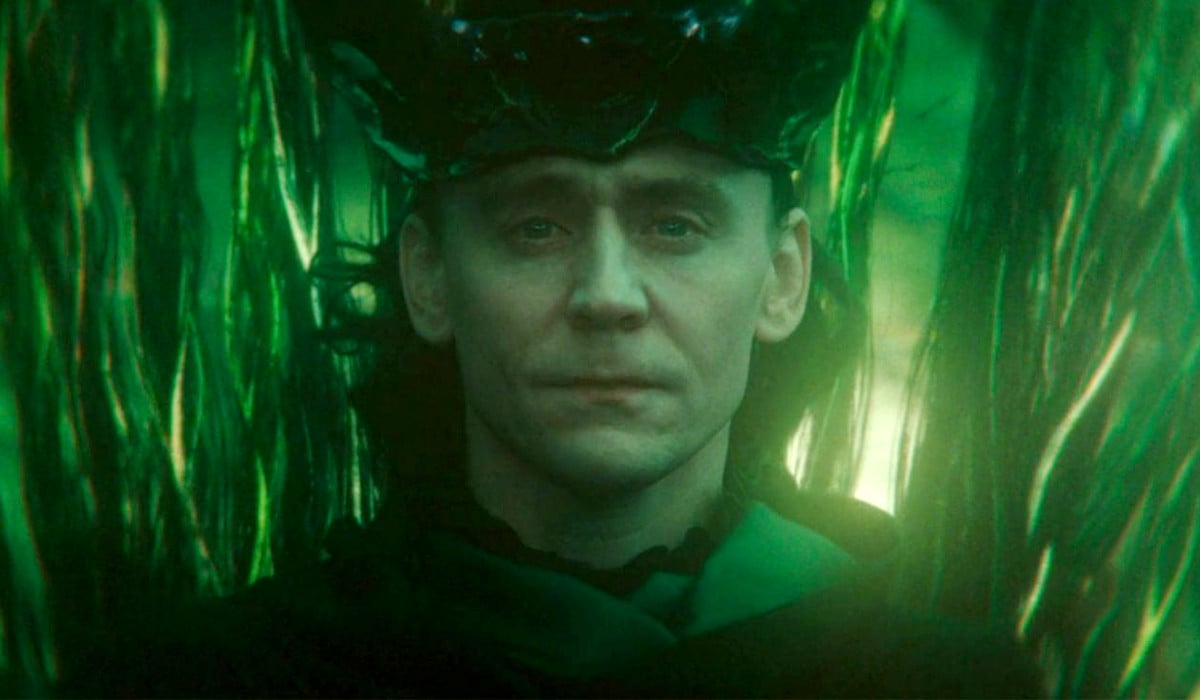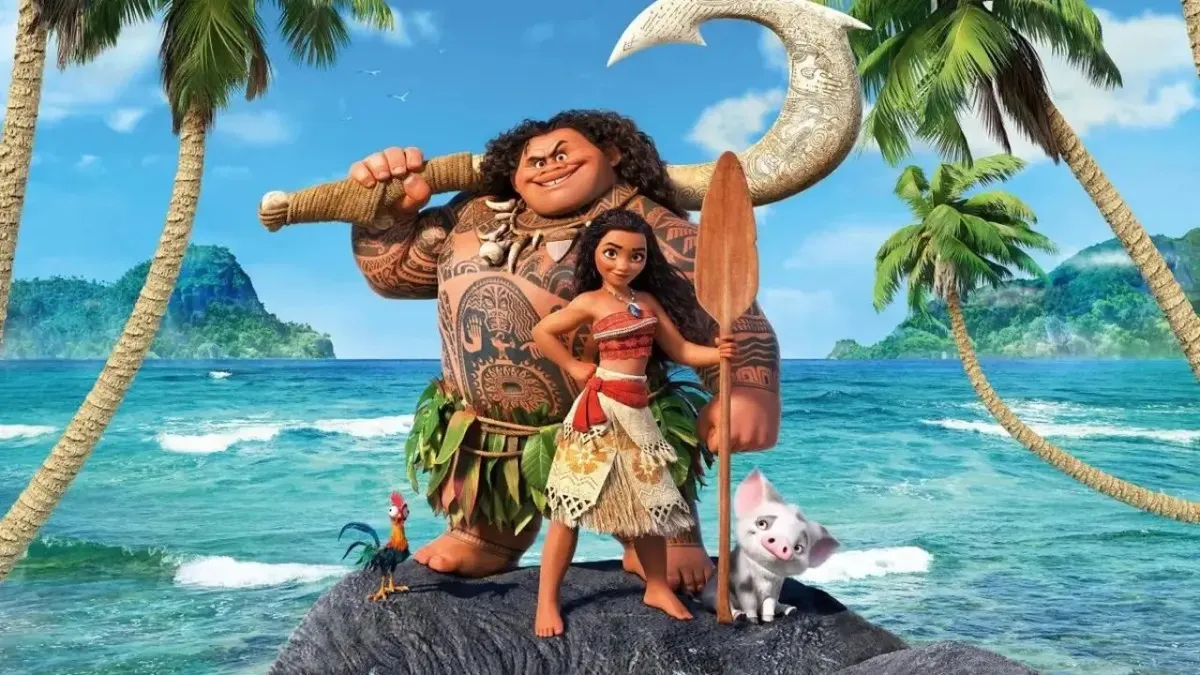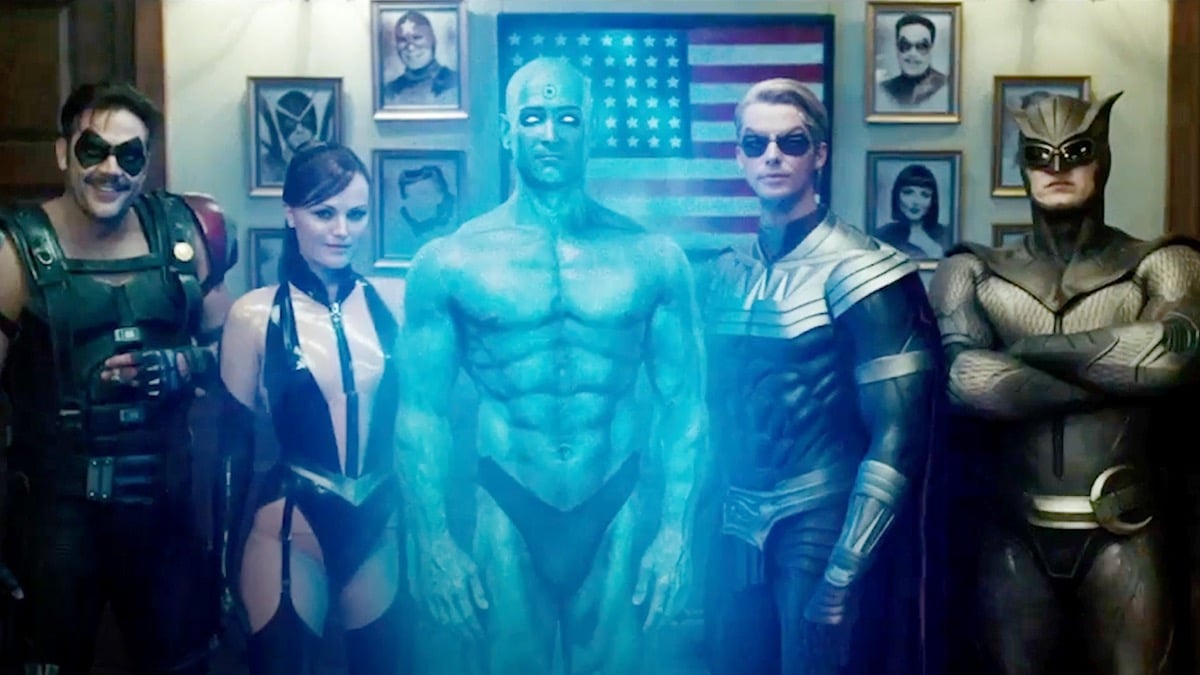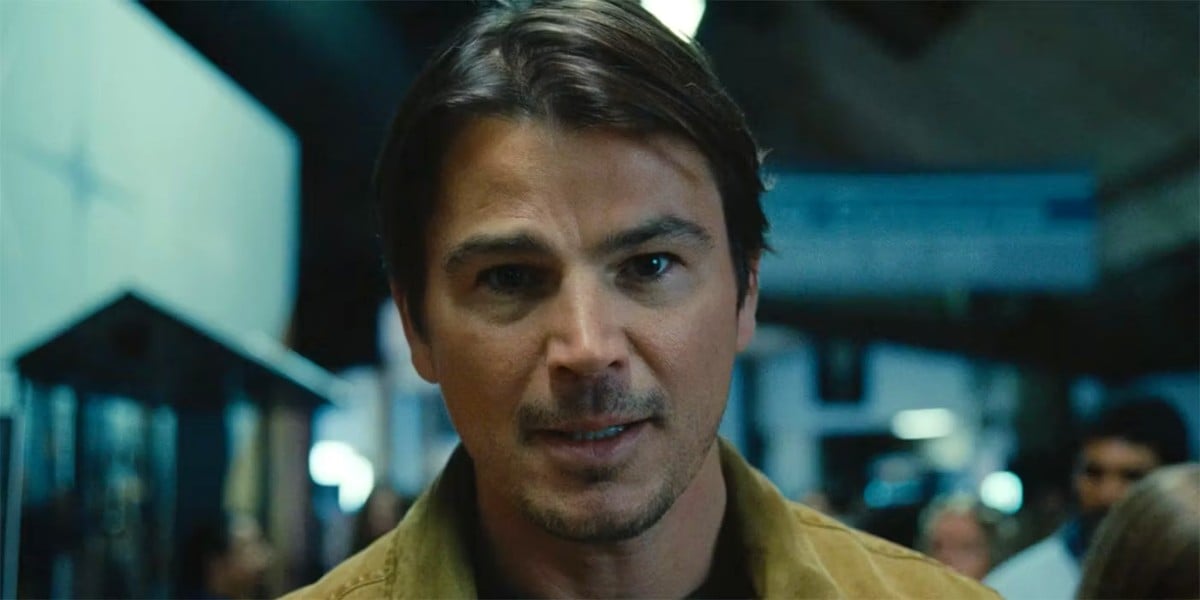We’re now three years, 10 films, and 11 Disney+ series into Marvel’s Multiverse Saga, and the multiverse is more sprawling than ever. What exactly is the deal with the multiverse in the Marvel Cinematic Universe, though? Is it your standard set of infinity realities, like in Rick and Morty or Everything Everywhere All at Once, or is it more complicated than that? Here’s your quick and dirty guide to how exactly the multiverse works in Marvel.
This article goes into several recent Marvel shows and films, so spoilers abound.
The TVA and the Sacred Timeline
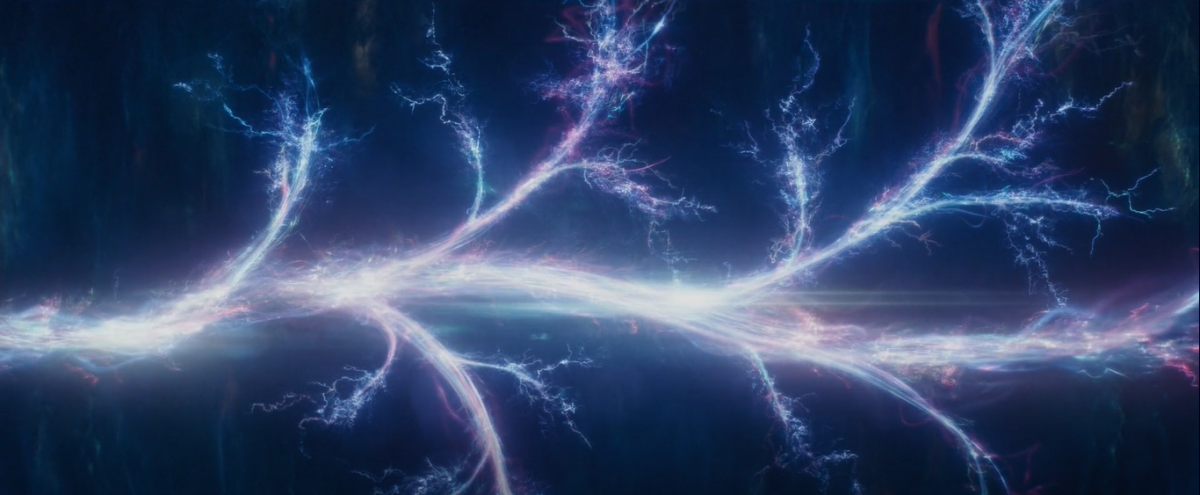
Marvel introduced the multiverse in Loki season 1, when the eponymous trickster god (Tom Hiddleston) is taken prisoner by an organization called the Time Variance Authority. We learn in Loki that the TVA is in charge of keeping all of existence confined to one timeline, which it calls the Sacred Timeline.
According to the TVA, whenever someone makes a choice, they create two branches of reality: one in which they performed that action, and another in which they didn’t. This occurrence is called a nexus event, and the alternate version of that person in the newly created branch is called a variant. When you get enough variants in enough branches, you end up with an infinite multiverse.
At the end of Loki season 1, we learn why the TVA maintains the Sacred Timeline. The TVA’s founder, He Who Remains (Jonathan Majors) explains that he’s actually protecting all of existence from his own variants, who will destroy the multiverse in a massive war if they’re allowed to exist. However, He Who Remains dies at the end of Loki season 1, and the multiverse is freed.
At the end of Loki season 2, Loki himself takes over stewardship of the multiverse, maintaining it from within the World Tree, Yggdrasil. The TVA begins monitoring the multiverse for variants of He Who Remains.
Earth-616 and other basics of the multiverse
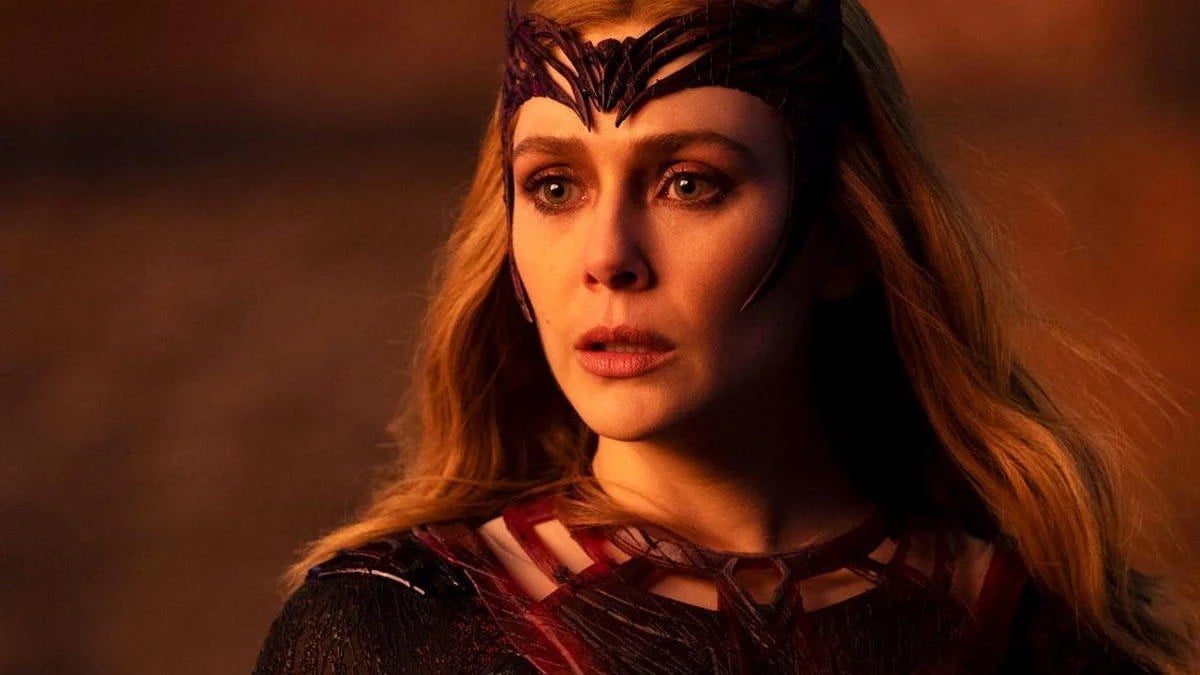
Since its introduction, the multiverse has appeared in many MCU projects, along with Sony’s Spider-Verse films. Together, these films and shows have established some basic rules for the multiverse.
First off, a character’s other selves in other realities aren’t necessarily identical to each other, in terms of genetics or life experiences. For example, Spider-Man: No Way Home sees Tobey Maguire, Andrew Garfield, and Tom Holland all coming together as variant Peter Parkers, even though they’re clearly different people. In Loki, we find out that one Loki variant is an alligator. All bets are off when it comes to your variants!
Secondly, the multiverse can get pretty weird. In Doctor Strange in the Multiverse of Madness, we see one universe that’s animated, and another in which everything is made of paint. What did some variant make in some universe do to lead to a paint reality? We’ll probably never know.
Third, crossing from one reality to another isn’t easy. One character, America Chavez (Xochitl Gomez), has the power to create portals between realities. Other characters have technology like the TVA’s TemPads that allows them to do it. Wanda Maximoff (Elizabeth Olsen) learns to project her consciousness into her variants’ bodies through magic called dreamwalking. Marvel makes it clear, though, that multiversal travel is very tricky—and in The Marvels, we learn that it can be a one-way trip.
Fourth, the MCU also contains different dimensions, like the Dark Dimension, Ta Lo, and the Noor dimension. Are dimensions the same as realities? It’s never made clear, but they seem to be a different thing. Dimensions are different planes of existence within one universe, instead of separate timelines where you might find alternate versions of yourself. For example, in Loki season 2, the Quantum Realm is referred to as an “adjacent realm,” not a separate reality.
Finally, multiple MCU projects have established that the main Marvel universe—that is, the one in which all the MCU films and shows have taken place so far—is designated with the number 616, which is a reference to the comics.
Timey-wimey stuff
Here’s a fun thing about the multiverse: even though it isn’t created until the Loki season 1 finale, many MCU characters seem to have already known about its existence. How can that be?
Here’s where things get delightfully weird. In Loki season 1, we see TVA agents pruning branches on the timeline at various points in history. When it comes to branching realities, a branch can appear anywhere in the timestream, from the Big Bang to billions of years in the future. When the multiverse is created in Loki season 1, we see branches appearing all over the timeline.
That means that if you’re living on the timeline when the multiverse is created, then from your perspective, the multiverse will have always existed—even if, from the TVA’s perspective, it just started to branch 10 seconds ago. Weird!
Where is the MCU’s multiverse headed from here?
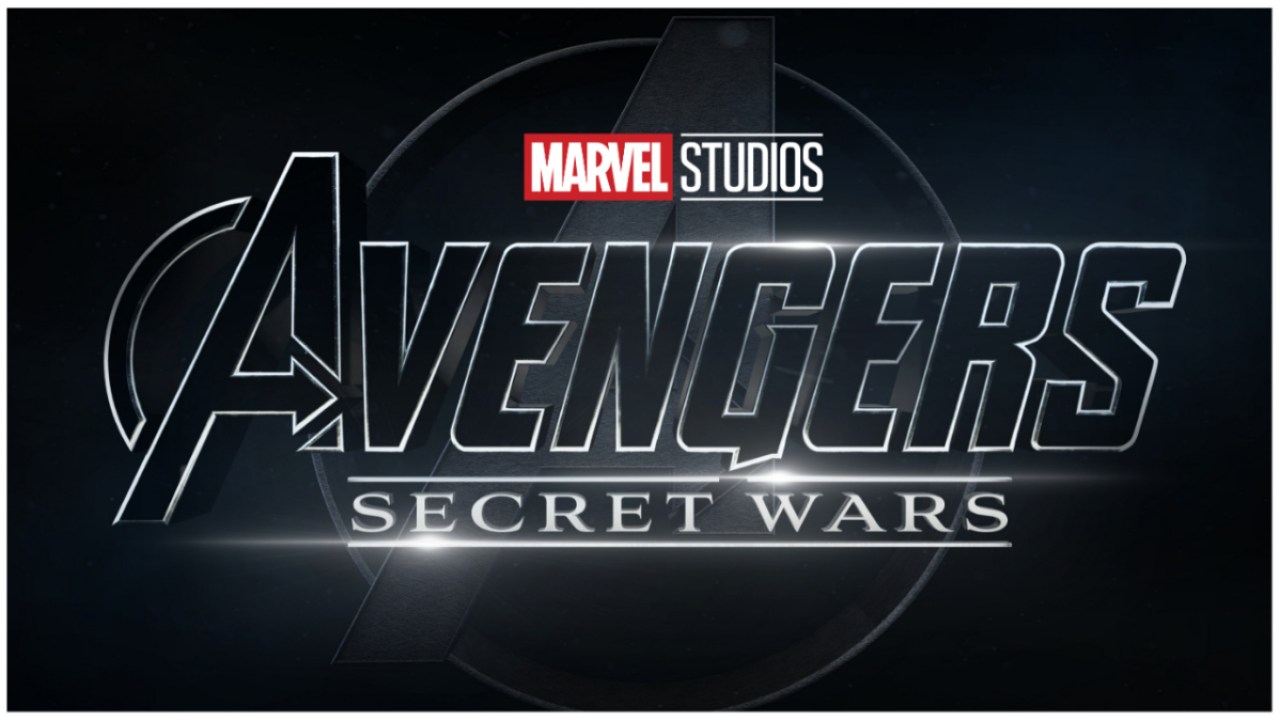
If you thought the multiverse was already complicated, wait until I tell you about Marvel’s licensing issues.
Decades ago, Marvel sold the film rights to many of its characters to studios like Fox, Sony, and Universal. That’s why Sony puts out Spider-Man films, and Fox does the X-Men movies. Now, however, thanks to various licensing agreements and mergers, Marvel is regaining control of those characters.
That means Marvel can use its multiverse as a way of merging all these different realities together. Kelsey Grammer’s Beast has already appeared in The Marvels, and Deadpool (Ryan Reynolds) and Wolverine (Hugh Jackman) will be appearing together in Deadpool 3.
Where is this all headed, though? Marvel’s Multiverse Saga will culminate in Avengers: Secret Wars, which—if it follows the same storyline from the comics—will see all the realities of the multiverse collapse into one patchwork universe called Battleworld.
Is that a lot to keep track of? Yes! Is it fun for sci-fi nerds to puzzle over? Also yes!
So where can you catch more of the multiverse? Deadpool 3 is coming out on July 26, 2024, and it promises some reality-bending shenanigans.
(Image: Marvel)



